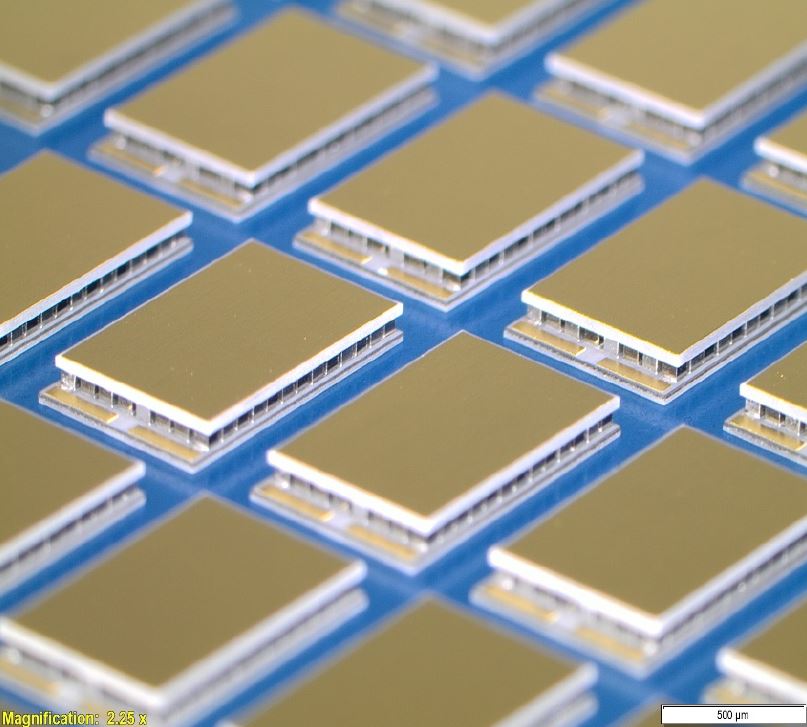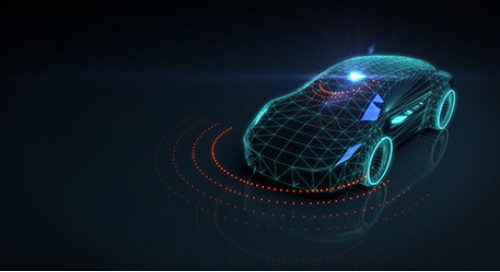Article
October 25, 2021
WATCH: Cooled Optics for High Performance Automotive LiDAR
Phononic recently had an opportunity to present during the Virtual Automotive LiDAR Conference that took place September 21-23, 2021. Alex Guichard, Ph.D. & Phononic’s VP of Product Marketing, presented Phononic’s recent market trends and challenges in the automotive LiDAR…









